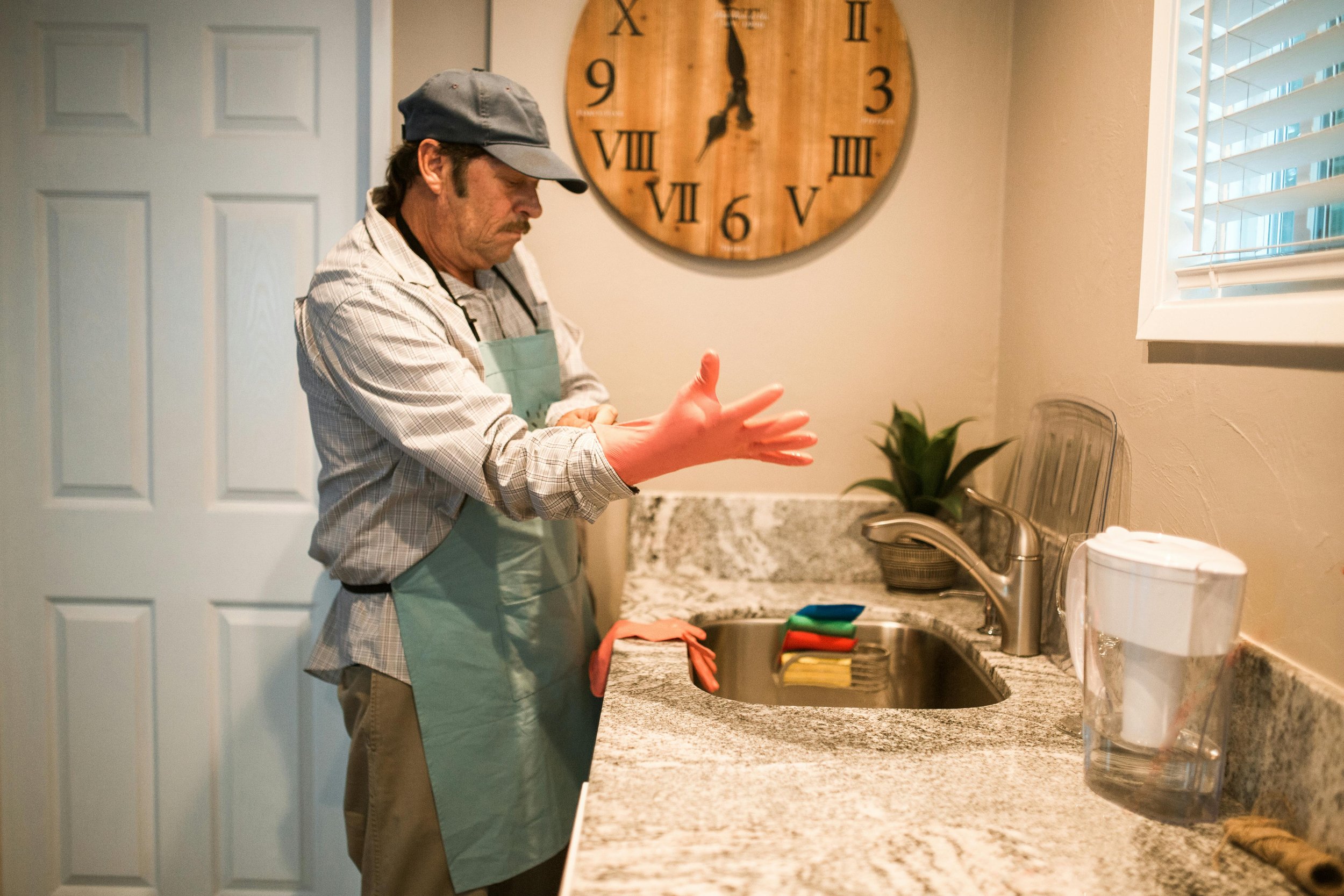Your home should be a sanctuary—a place where you and your loved ones feel safe, comfortable, and healthy. Creating a healthy and safe home environment is essential for preventing accidents, reducing stress, and promoting overall well-being. Whether you’re moving into a new house or looking to improve your current living space, these practical tips will help you build a safe and nurturing home.
Why a Healthy and Safe Home Environment Matters
A well-maintained home reduces the risk of injuries, prevents exposure to harmful substances, and supports mental and physical health. Especially for families with children, elderly members, or individuals with health conditions, a safe home is crucial.
Essential Tips for a Healthy and Safe Home
1. Maintain Clean Air Quality
- Ventilate regularly: Open windows daily to allow fresh air in and reduce indoor pollutants.
- Use air purifiers: Consider air purifiers with HEPA filters to capture dust, allergens, and pet dander.
- Avoid smoking indoors: Smoke can cause respiratory problems and linger on surfaces.
- Control humidity: Use dehumidifiers to prevent mold growth, which can affect respiratory health.
2. Keep Your Home Clean and Clutter-Free
- Regular cleaning reduces dust, allergens, and bacteria.
- Declutter walkways to prevent trips and falls.
- Properly store cleaning chemicals out of children’s reach.
3. Ensure Safe and Functional Lighting
- Use adequate lighting in all rooms, hallways, and staircases to avoid accidents.
- Install nightlights in bathrooms and corridors for safe nighttime navigation.
4. Childproof and Senior-Proof Your Home
- Install safety gates on stairs for young children.
- Secure heavy furniture to walls to prevent tipping.
- Use non-slip mats in bathrooms and kitchens.
- Place grab bars near toilets and showers for elderly family members.
5. Check and Maintain Smoke and Carbon Monoxide Detectors
- Install smoke alarms on every floor and near sleeping areas.
- Use carbon monoxide detectors near bedrooms if you have gas appliances.
- Test detectors monthly and replace batteries twice a year.
6. Practice Electrical and Fire Safety
- Avoid overloading electrical outlets.
- Replace damaged cords and appliances promptly.
- Keep flammable materials away from heat sources.
- Have a fire extinguisher accessible in the kitchen and know how to use it.
7. Use Safe and Non-Toxic Products
- Choose natural cleaning products or those free from harsh chemicals.
- Avoid plastic containers with BPA for food storage.
- Be mindful of paints and finishes; use low-VOC (volatile organic compounds) options.
8. Maintain Water Quality and Safety
- Regularly clean and disinfect water filters and storage tanks.
- Use water filters if needed to ensure safe drinking water.
- Check for leaks and fix plumbing issues to prevent mold and water damage.
9. Promote Mental Well-Being Through Your Space
- Incorporate natural light and plants to boost mood and reduce stress.
- Designate a quiet, clutter-free area for relaxation or meditation.
- Use calming colors and comfortable furniture.
10. Create an Emergency Preparedness Plan
- Keep a first-aid kit stocked and accessible.
- Prepare an emergency evacuation plan and practice it with your family.
- Store emergency contact numbers and important documents in a safe place.
Conclusion: Building a Home That Supports Health and Safety
Creating a healthy and safe home environment requires ongoing attention but offers tremendous benefits for you and your family. By improving air quality, maintaining cleanliness, securing hazards, and promoting comfort, you lay the foundation for a space that nurtures physical health and emotional well-being.
Start implementing these essential tips today to enjoy a safer, happier home.

